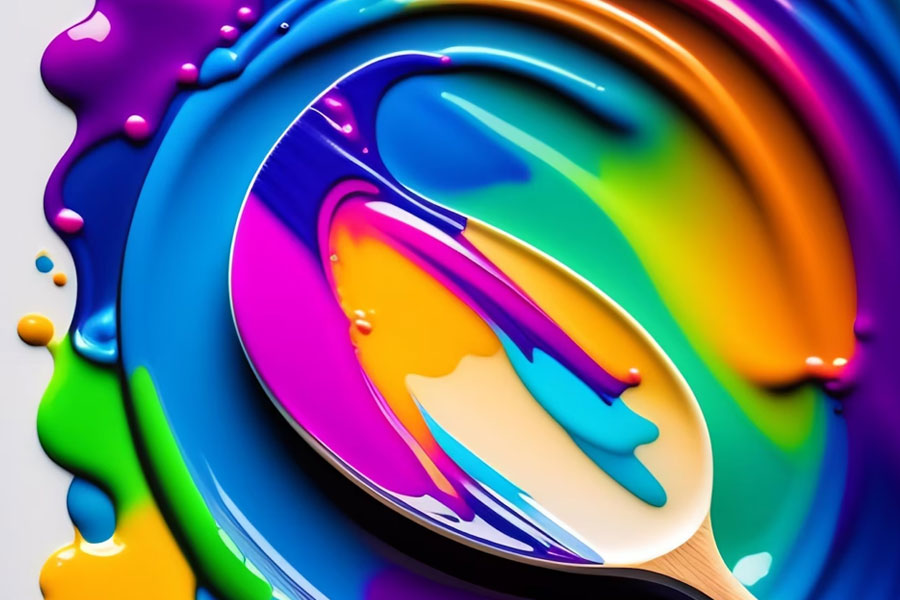The Role of Color Psychology in Web Design and Branding
Color is a powerful visual element that plays a significant role in web design and branding. Beyond aesthetics, colors evoke emotions, influence perceptions, and shape user experiences. Understanding the principles of color psychology allows web designers and brand strategists to make intentional choices that effectively communicate brand values and resonate with target audiences. In this article, we delve into the fascinating world of color psychology and explore its impact on web design and branding.
1. Emotional Associations:
Different colors elicit distinct emotional responses. For example, warm colors like red and orange can evoke energy, passion, and excitement, while cool colors like blue and green convey calmness, trust, and reliability. By aligning color choices with the desired emotional associations, web designers can create a more immersive and engaging user experience.
2. Brand Identity and Personality:
Colors play a crucial role in shaping brand identity and personality. Each color carries its own symbolic meanings and cultural connotations. For instance, red is often associated with boldness and vitality, while purple can represent luxury and creativity. By selecting colors that align with the brand’s values and target audience, businesses can establish a distinctive and memorable brand identity.
3. Visual Hierarchy and Readability:
Color can aid in establishing a clear visual hierarchy and enhancing readability on a website. By using contrasting colors for headlines, subheadings, and body text, designers can guide users’ attention and improve the overall readability of the content. Careful consideration of color contrast ensures that essential information stands out and is easily digestible.
4. Cultural Context and Symbolism:
Color meanings can vary across different cultures and contexts. Red, for example, symbolizes luck and prosperity in Chinese culture but signifies danger or warning in Western cultures. When designing for a global audience or specific cultural markets, it’s essential to consider cultural associations to avoid unintended misinterpretations.
5. Call-to-Action and Conversion Optimization:
Color choices can significantly impact call-to-action buttons and conversion rates. Selecting contrasting colors that stand out from the rest of the design can draw attention to important elements, such as “Buy Now” or “Sign Up” buttons, and encourage users to take action. A/B testing different color variations can help optimize conversion rates and improve overall user engagement.
Color psychology is a powerful tool in web design and branding, influencing emotions, perceptions, and user experiences. By understanding the emotional associations, cultural connotations, and symbolic meanings of colors, web designers and brand strategists can create visually appealing and impactful experiences that resonate with audiences. Thoughtful consideration of color choices can enhance brand communication, establish a strong brand identity, guide user attention, improve readability, and optimize conversion rates. Embrace the fascinating world of color psychology, and unlock the potential to create meaningful and memorable web designs that effectively communicate your brand’s message.

